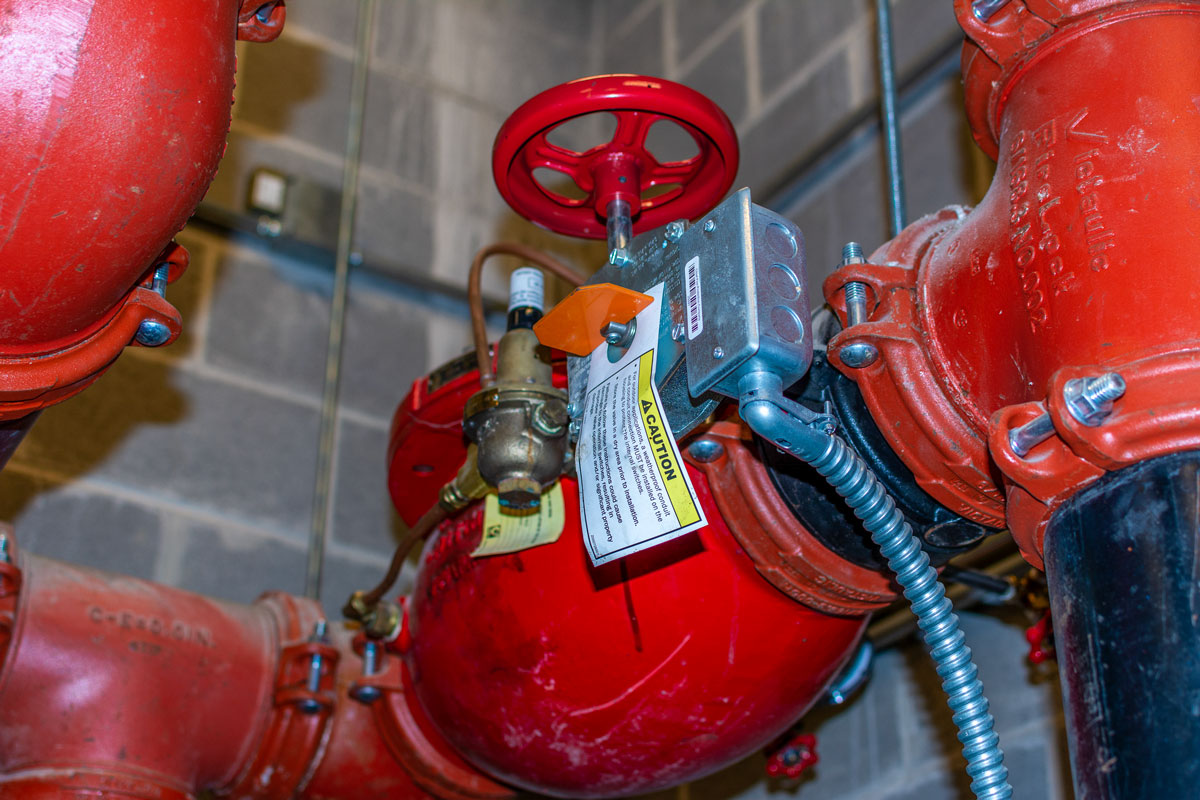Ensuring the protection of life and property is our mission
A building’s entire fire plan and strategy must include a well-maintained and properly functional fire sprinkler system.

Imagine for a moment that an unplanned fire breaks out in the structure, activating the sprinkler sensors. As a result, the sprinkler system is triggered, which puts out the fire before any significant damage is done. Every day, this occurs all around the world.
On the other hand, this might be disastrous and you could lose everything if the sprinkler system is poorly maintained and does not function as it should.
The overall fire plan and strategy for a building must include a well-maintained and properly functional fire sprinkler system.
Due to the direct firefighting experience of our team, we are able to provide first-hand expertise and understanding in the design, installation, preventative maintenance, and emergency services of a range of sprinkler systems.
With the help of our fire sprinkler inspection and preventive maintenance programs, you can be sure that your sprinkler systems are ready to safeguard your building and the lives of its residents.
The first line of defense against a catastrophic tragedy for buildings is frequently these fire protection systems. To ensure that every part of the sprinkler system is operating properly, it must undergo routine inspection and testing.
A building’s sprinkler system is made up of numerous unique pieces and elements. These include things like pipelines, switches, gauges, and couplings. At different periods, each of these components needs to be inspected.
The sprinkler system will be inspected, tested, and maintained by CFD certified technicians, and CFD will also give a detailed report of the work done by the technicians. This will include justifications for suggested modifications to ensure compliance with fire standards.
Wet and dry systems must be tested every five years, and the dry system must undergo a comprehensive performance test every three years, according to the National Fire Protection Association (NFPA).
A specific number of weekly, monthly, quarterly, and annual inspections are mandated by NFPA 25 Standard for the Inspection, Testing, and Maintenance of Water-Based Fire Protection Systems.
Any sprinkler that shows signs of leakage, corrosion, physical damage, or loss of fluid is required to be replaced.
CFD weekly inspections include:
CFD monthly inspections include:
CFD quarterly test and inspections include:
CFD annual test and inspections include:
Give us a call or contact us to find out more on how we can assist your company with all your facility maintenance services.

CHIEF FACILITY DEFENSE
Atlanta
Station 1
75 Mendel Dr. SW
Atlanta, GA 30336
(404) 523 – 5478

CHIEF FACILITY DEFENSE
Nashville
Station 3
474 Woodycrest Avenue
Nashville, Tn 37210
Phone: (615) 624 – 4500